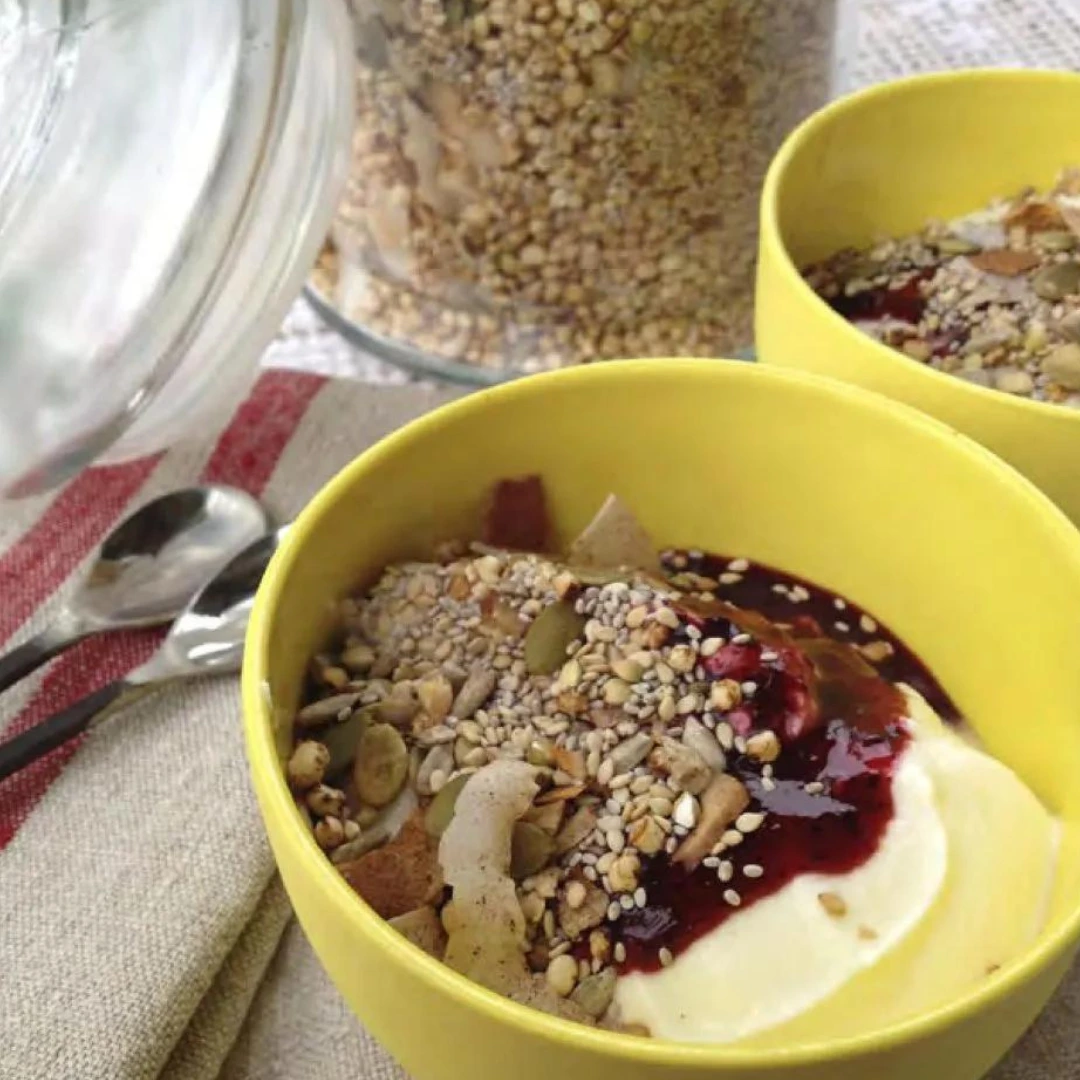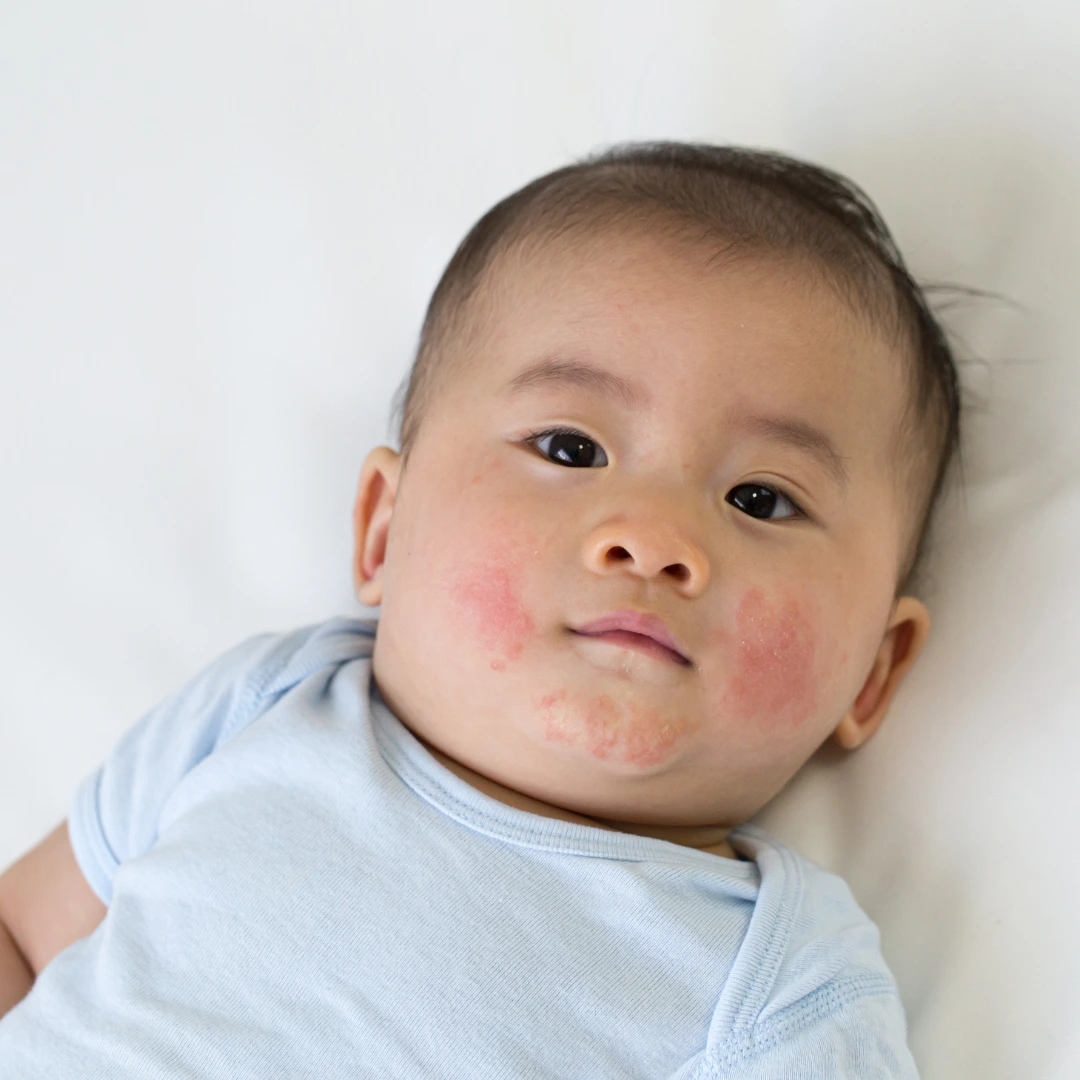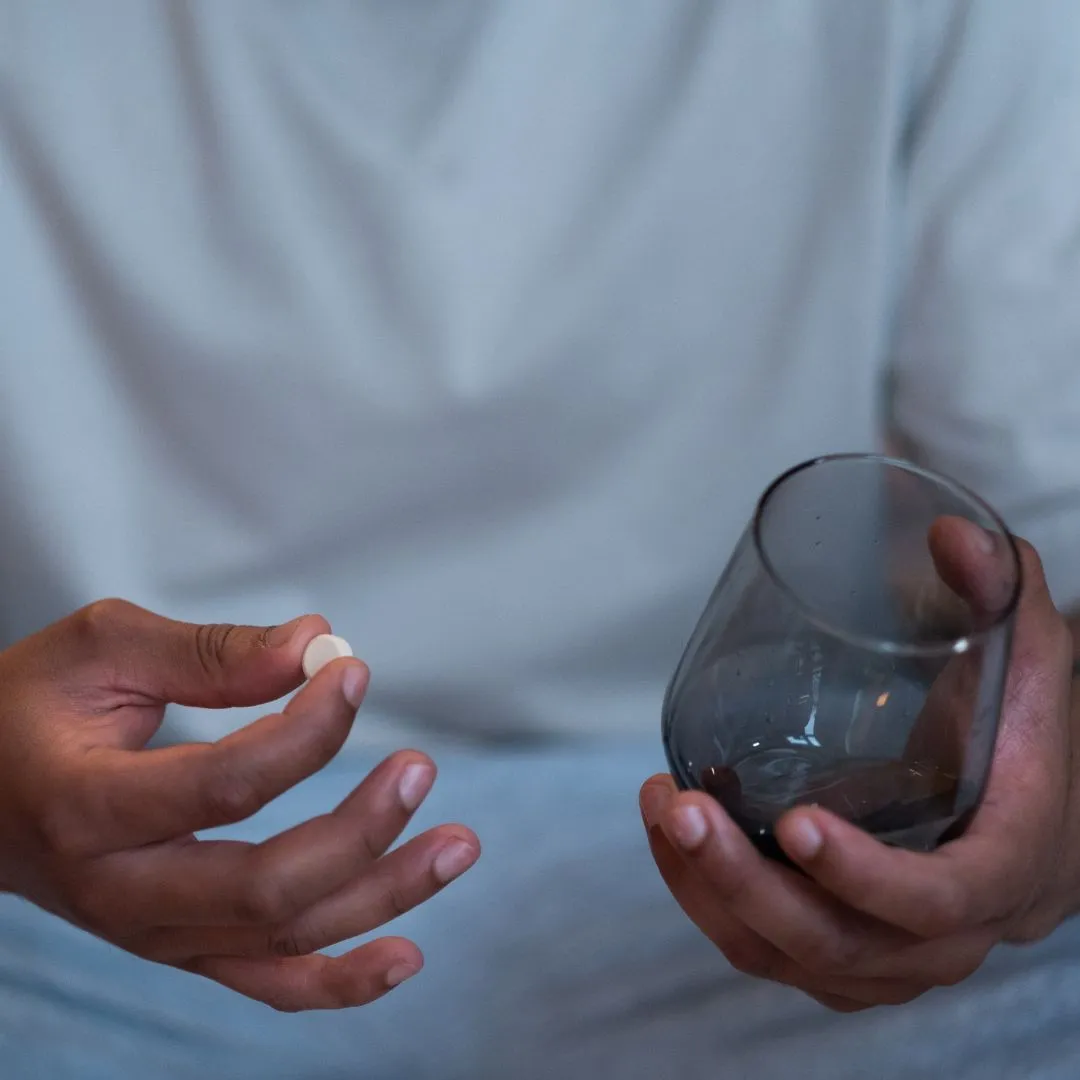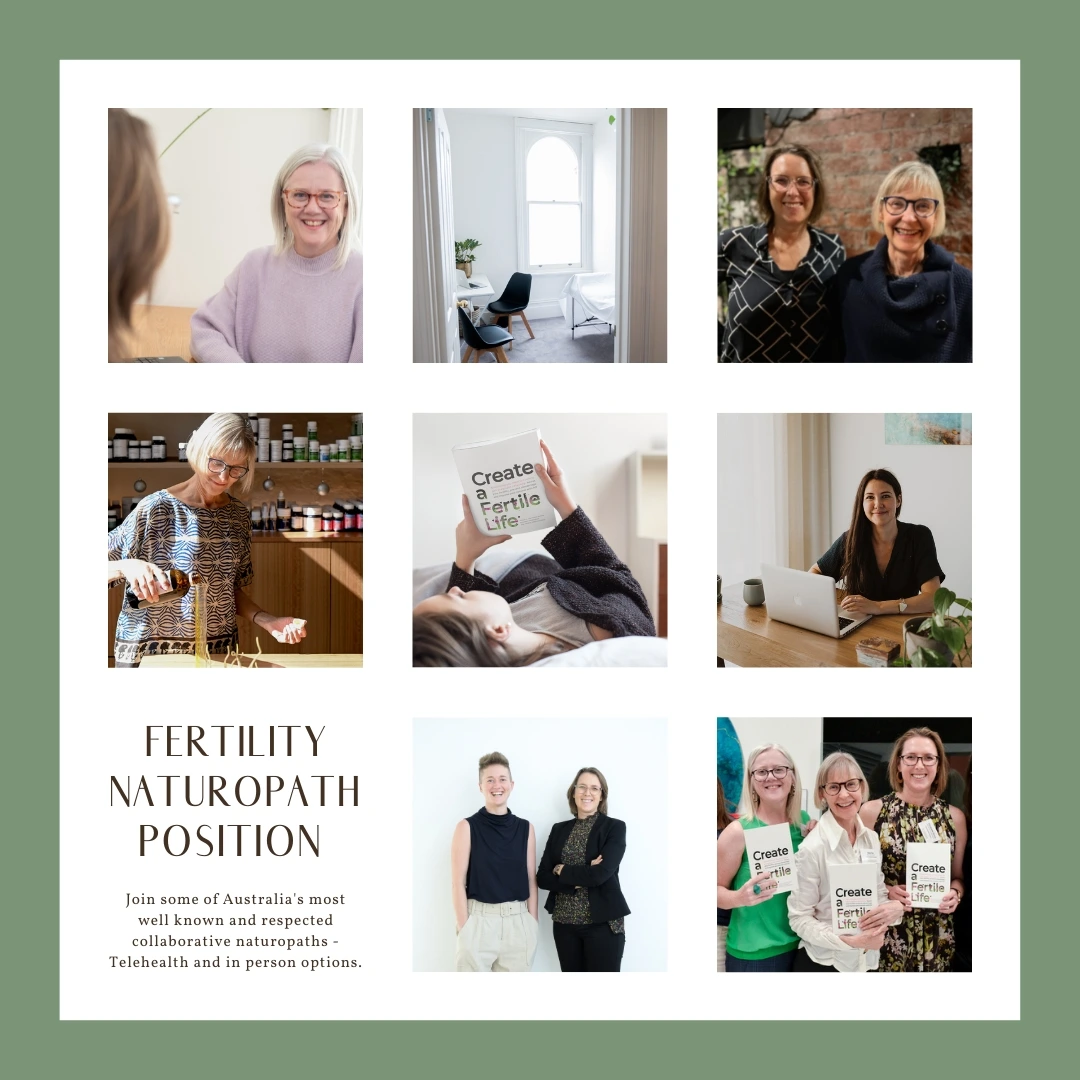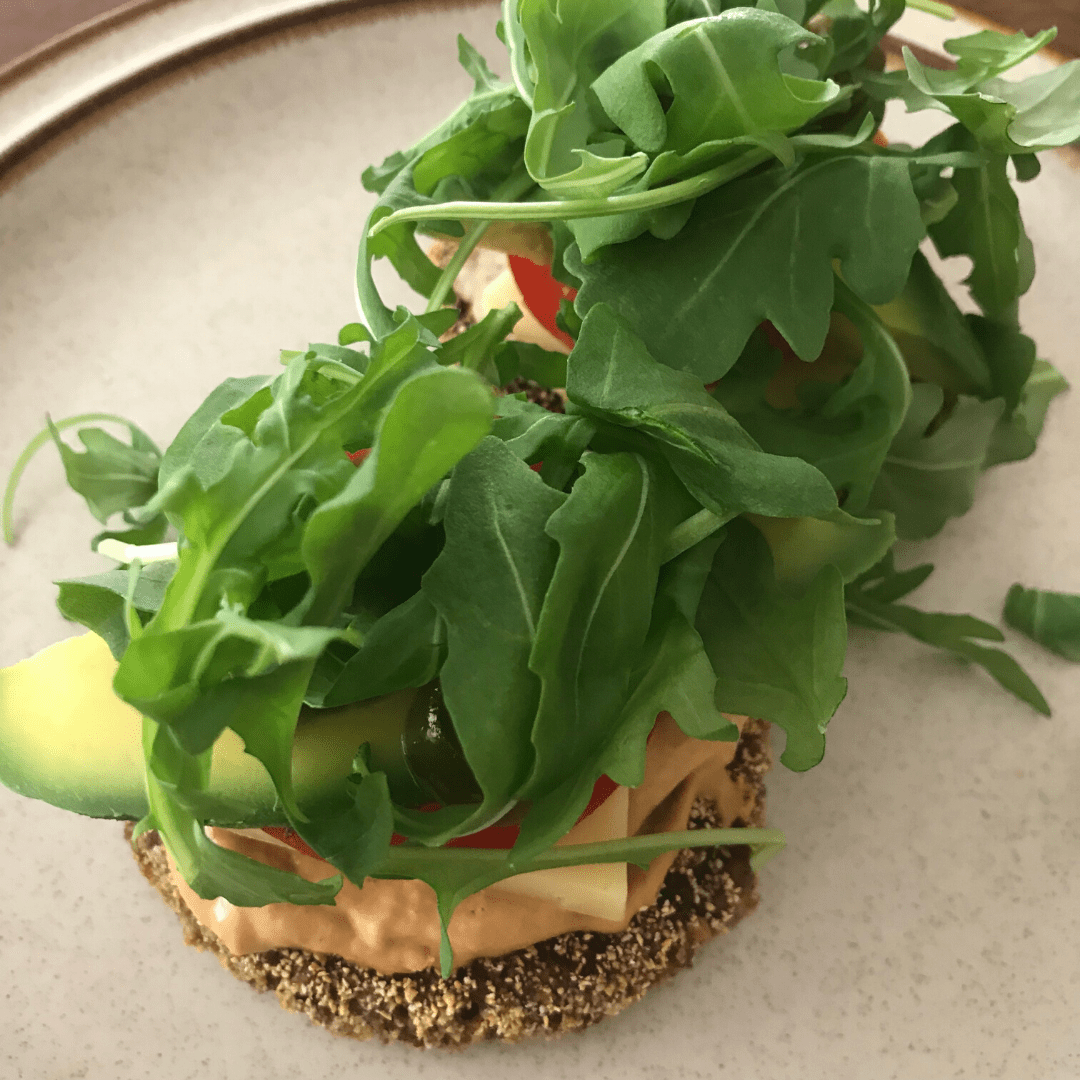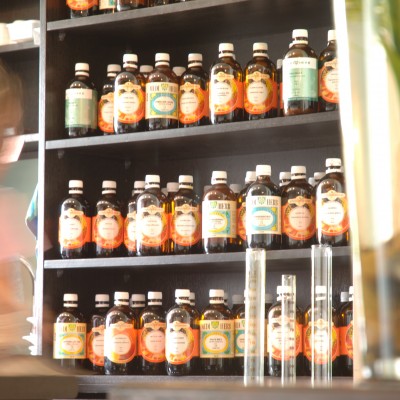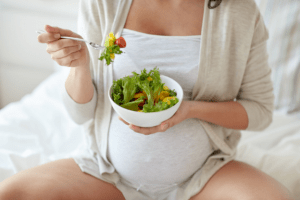
As you navigate the transformative journey of pregnancy, birth and parenthood and consider how best to support yourself and your growing family, we encourage you to consider postnatal naturopathy in Melbourne as an avenue for ongoing holistic wellness. Let’s explore the principles and benefits of postnatal naturopathy, shedding light on how it can offer support to both parents and babies through the various critical life stages and big changes.
Unlocking the Benefits of Postnatal Naturopathy
Postnatal naturopathy embraces a holistic approach to health and well-being. It goes beyond addressing specific issues, focusing on various aspects such as diet, exercise, sleep, and stress management. This comprehensive approach extends to the use of nutritional supplementation, herbal medicines, and homeopathy. These tools work in harmony to enhance overall health for both parents and babies.
How Postnatal Naturopathy Works
While postnatal naturopathy can and does provide immediate relief for acute issues, its main emphasis is on holistic intervention and preventative healthcare. Naturopaths carefully assess an individual’s physical and mental state to identify areas for improvement in their overall health and wellness. Collaboration with other medical practitioners ensures thorough testing and diagnoses if needed, resulting in optimal holistic outcomes. Collaboration with your healthcare team is a key value and process at Fertile Ground and The Melbourne Apothecary to ensure you’re getting the best care. We have a wide network of collaborative health professionals from various allied health and medical professions who we commonly work with and refer to.
Naturopathy for Every Family Member
Our services extend beyond postnatal naturopathy for parents in Melbourne. We offer naturopathic care for babies and young children too, at both Fertile Ground and The Melbourne Apothecary, providing convenience through telehealth consultations so you can access naturopathic care with us from anywhere in the world. Our expert practitioners are dedicated to supporting the health and well-being of your entire family.
For Parents
New parenting often brings tiredness, exhaustion, and sometimes overwhelm. Our expert practitioners are highly experienced in helping parents navigate these challenges. Whether you’re recovering from birth, managing breastfeeding concerns, coping with sleep deprivation, or addressing issues of mood and stress, our naturopaths can provide valuable support.
In fact, the time after birth is often referred to as The Fourth Trimester, and support to help your body and mind adjust to this new terrain is critical. If this is you (or about to be you) get started with our free guide:
Download – Free Guide For Your Fourth Trimester
For Baby
Children’s health can often be maintained and restored through minor dietary changes and short-term naturopathic assistance. Our commitment is to help you strike the right balance in supporting your child’s healthy development. We also offer guidance on homeopathic kits and natural remedies for common childhood issues too.
Book a Consultation to Support Your Family Health
If you’re seeking naturopathic pregnancy care, postnatal naturopathy, or support for babies and children, our team at Fertile Ground Health Group in Melbourne is here for you. Our highly skilled naturopathic practitioners are ready to discuss your unique needs and help you achieve optimal health. Book an appointment and access the naturopathic support to help you achieve greater wellness.

